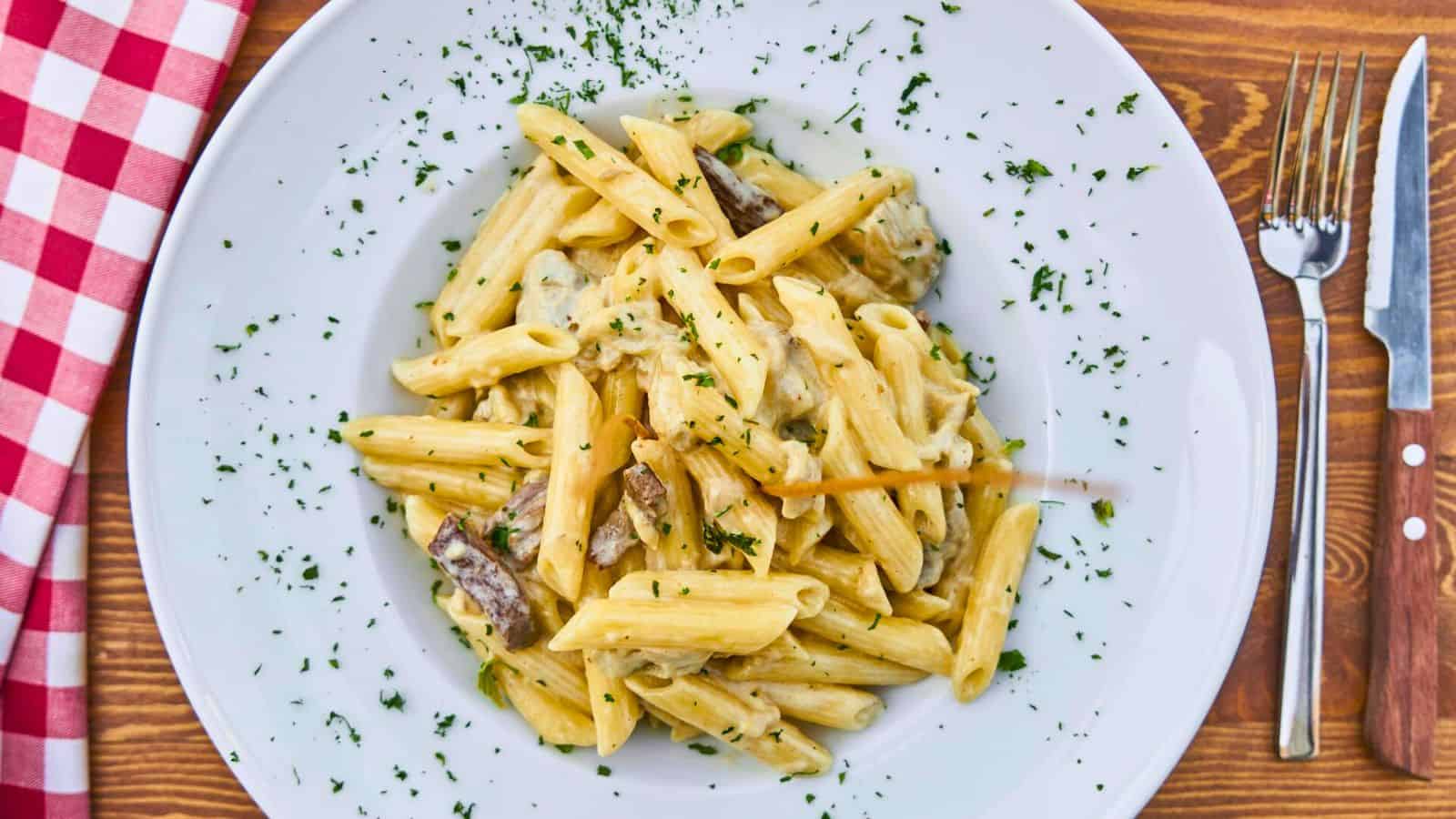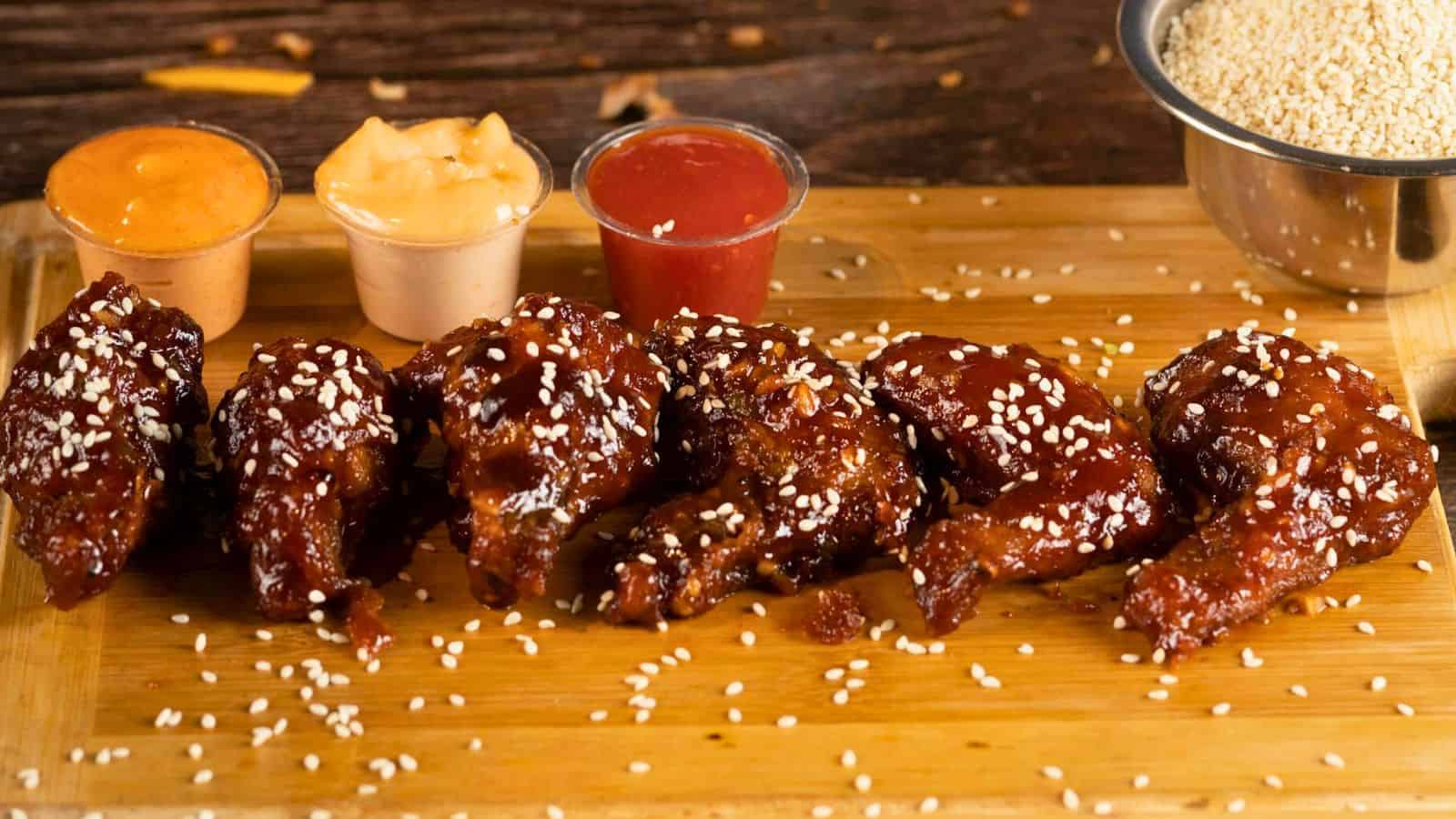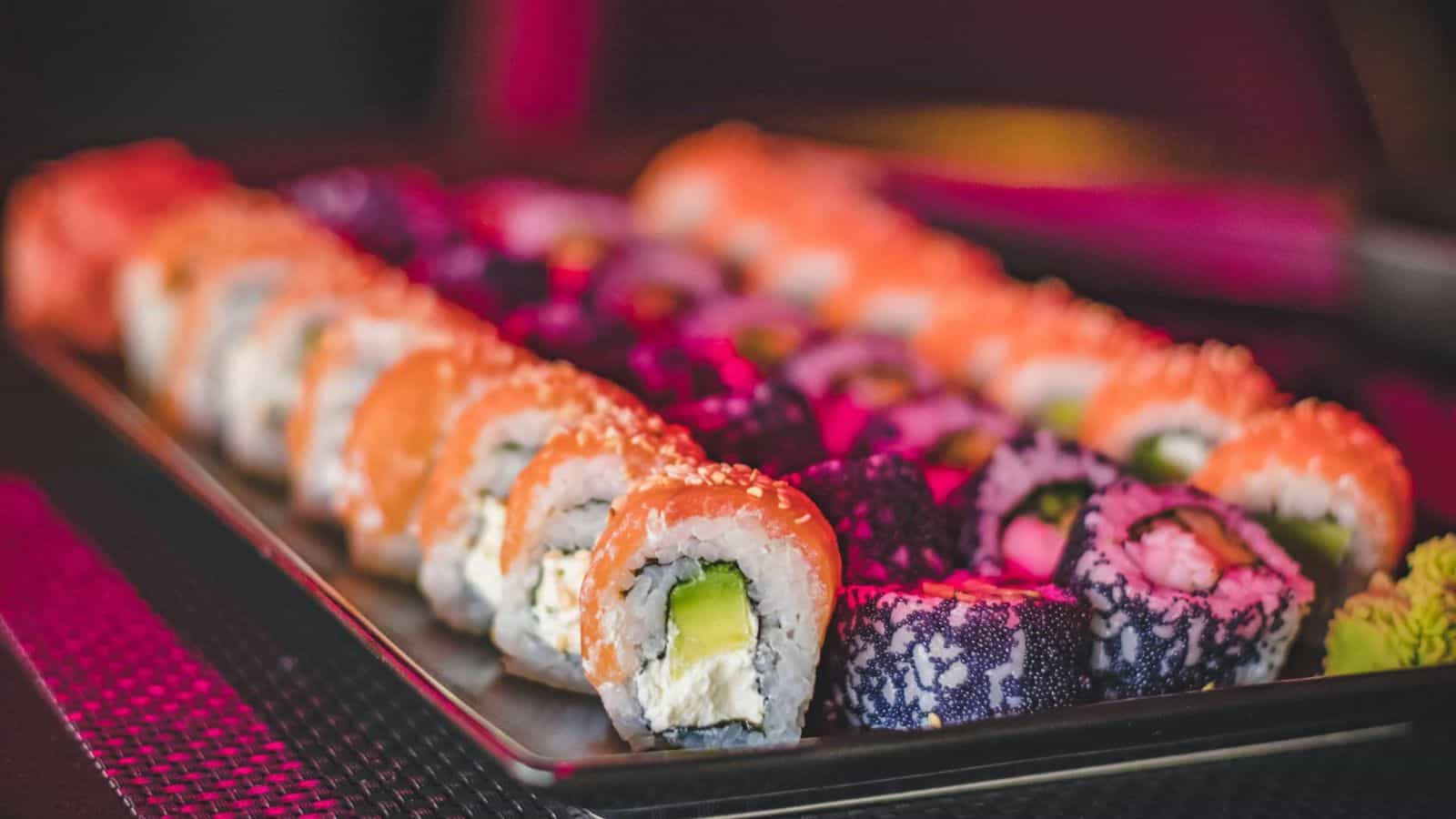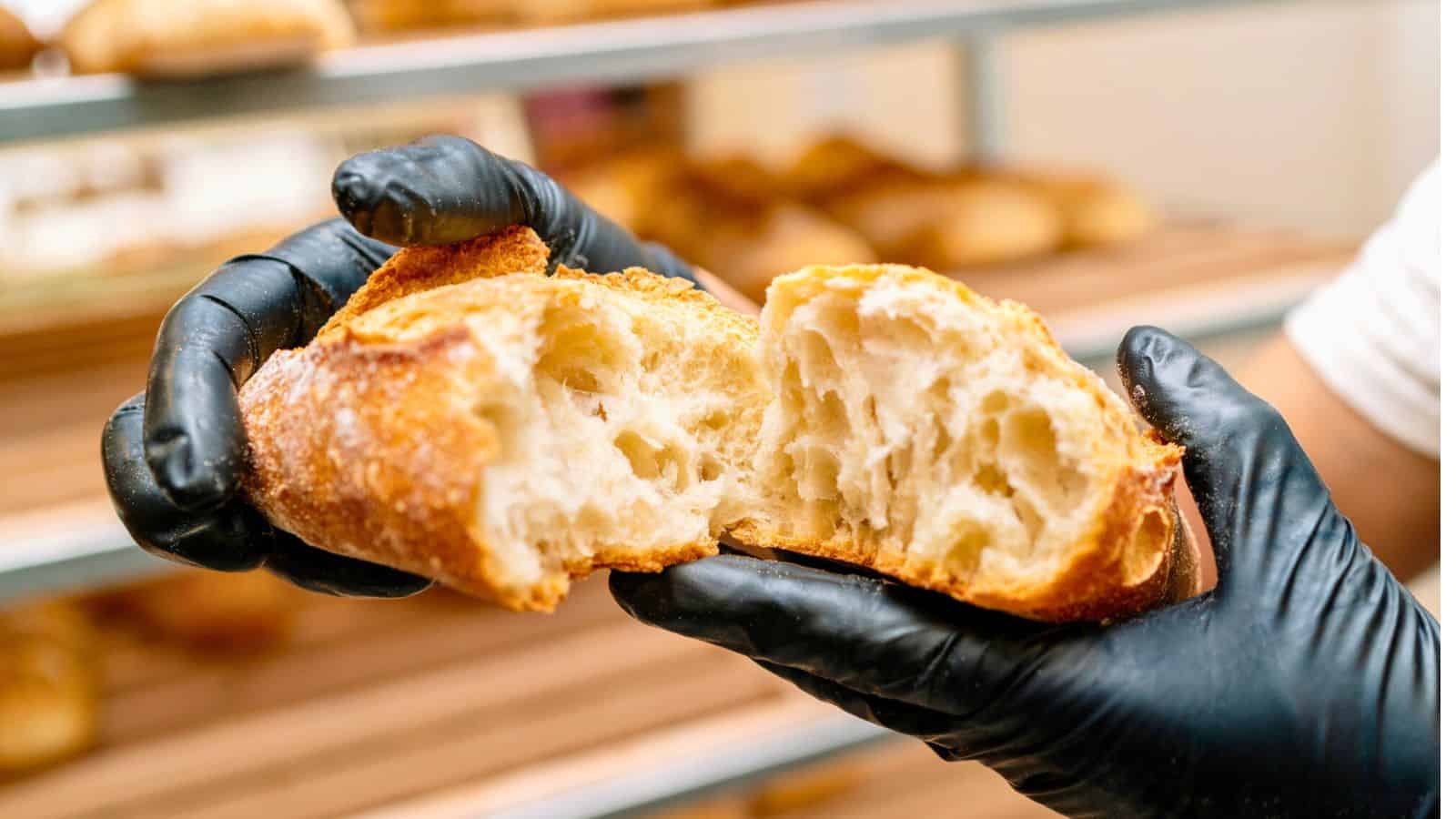Food is a significant part of our lives, and we often think we know where our favorite dishes originate. However, sometimes what we believe isn't entirely accurate. In particular, these 13 foods people think are American but aren't are actually from other parts of the globe. This can be surprising, especially when we consider how these foods have traveled and evolved over time.
As we discuss these popular items, it’s easy to see how they’ve become staples in our everyday lives. From appetizers to desserts, each dish carries a story that connects us to different traditions and places. Understanding the origins of these foods not only enriches our appreciation but also highlights the diverse influences that shape our culinary landscape. So, let’s take a closer look at some beloved favorites that might not be as American as we thought.

Tacos

Tacos are a traditional Mexican dish consisting of a folded or rolled tortilla filled with various ingredients, such as meat, beans, cheese, and vegetables. They have a rich history that dates back to ancient Mesoamerican cultures. In the United States, tacos have gained immense popularity, particularly with the rise of Tex-Mex cuisine, which combines elements of Mexican and American flavors. Street vendors and restaurants across the country serve a wide range of taco variations, showcasing the versatility of this dish and its ability to cater to diverse tastes.
Pasta

Pasta is a staple food that originated in Italy, with a history that stretches back centuries. Made from durum wheat flour and water, it comes in various shapes and sizes, from spaghetti to penne. While pasta is often associated with Italian cuisine, it has become a beloved dish in the United States, where it is served in numerous forms, including classic dishes such as spaghetti and meatballs, lasagna, and macaroni and cheese. The versatility of pasta allows for a wide range of sauces and toppings, making it a favorite among many.
Curry

A dish rich in spices and flavors, curry has its origins in South Asia, particularly India, where it plays a vital role in traditional meals. The term "curry" encompasses a wide variety of dishes that typically include meats, vegetables, and legumes, all simmered in a sauce made from a combination of spices, herbs, and sometimes yogurt or coconut milk. As Indian cuisine spread globally, curry adapted to local tastes, resulting in unique interpretations in countries such as the UK and the US. It is often served with rice or bread, making it a versatile meal option.
French Fries

Known for their crispy exteriors and soft interiors, French fries are a beloved side dish enjoyed worldwide. Despite their name, the origins of this popular food are often attributed to Belgium, where they are referred to as "frites." The method of frying potatoes was adopted and adapted in various cultures. In the United States, French fries are commonly served with burgers, sandwiches, and various dipping sauces. The versatility of fries has led to numerous variations, including sweet potato fries, loaded fries, and even poutine, a Canadian dish.
Fajitas

Originating from Texas, fajitas are a popular Tex-Mex dish featuring grilled meat, typically served with tortillas and a variety of toppings. The term "fajita" originally referred to the cut of meat used, often skirt steak. Over time, the dish has expanded to include chicken, shrimp, and vegetables. Served with condiments like guacamole, salsa, and sour cream, fajitas have become a staple in many American restaurants. Their interactive nature, where diners assemble their own tacos, adds to the fun of enjoying this flavorful meal.
Buffalo Wings

Buffalo wings are a popular appetizer consisting of deep-fried chicken wings coated in a spicy sauce made from hot sauce and butter. They originated in Buffalo, New York, at the Anchor Bar in the 1960s. Traditionally served with celery sticks and blue cheese dressing, these wings have become a staple in bars and restaurants across the United States. The dish is often associated with sports events, particularly football games, where they are consumed in large quantities. Various regional variations have emerged, showcasing different sauces and cooking techniques.
Croissants

These flaky pastries are a hallmark of French baking, characterized by their buttery layers and crescent shape. Originating in Austria, the concept of the croissant was popularized in France during the 19th century. Traditionally enjoyed at breakfast or as a snack, croissants can be filled with various ingredients, such as chocolate or almond paste. Their distinctive texture comes from a labor-intensive process of folding and rolling dough with butter, creating layers that puff up when baked. Today, they are a staple in bakeries worldwide.
Pizza

A dish that has transcended borders, pizza consists of a flatbread base topped with sauce, cheese, and various toppings. Its roots lie in Italy, particularly Naples, where the Margherita pizza was created in honor of Queen Margherita of Savoy in the late 19th century. In the United States, pizza has evolved into numerous regional styles, such as New York thin crust and Chicago deep dish. The adaptability of pizza allows for a wide array of toppings, making it a favorite for gatherings, parties, and casual dining.
Baguettes

Characterized by their long, thin shape and crispy crust, baguettes are a staple of French bread-making. Their origins can be traced back to the early 19th century in France, where they became popular among Parisians. Traditionally made with flour, water, yeast, and salt, the dough undergoes a specific fermentation process that contributes to its texture and flavor. Baguettes are often enjoyed with meals, used for sandwiches, or served alongside cheese and charcuterie, showcasing their versatility in French cuisine.
Apple Pie

Apple pie is widely regarded as a symbol of American culture, often associated with home and family gatherings. However, its roots trace back to European countries, particularly England and the Netherlands, where similar recipes existed for centuries. The classic version typically features a flaky crust filled with spiced apples, sugar, and sometimes raisins or cinnamon. Over the years, apple pie has evolved, with many regional adaptations, including variations like Dutch apple pie with a crumb topping. It remains a beloved dessert served at holidays and celebrations.
Sushi

Sushi is a Japanese dish that typically features vinegared rice paired with various ingredients, including raw fish, vegetables, and sometimes tropical fruits. While sushi has gained significant popularity in the United States, its origins can be traced back to ancient Japan, where it began as a method of preserving fish. Over time, sushi evolved into various styles, such as nigiri and maki. The American sushi scene has introduced unique rolls that incorporate local ingredients, reflecting a fusion of traditional Japanese flavors with contemporary tastes.
Poutine

This dish consists of French fries topped with cheese curds and smothered in gravy, originating from Quebec, Canada. Poutine emerged in the late 1950s and has since gained popularity across North America. The combination of crispy fries, squeaky cheese curds, and rich gravy creates a comforting and hearty meal. Variations of poutine can include additional toppings like pulled pork, bacon, or vegetables, making it a customizable dish. Its indulgent nature has made it a favorite among late-night diners and food enthusiasts alike.
Gelato

A frozen dessert that hails from Italy, gelato is known for its creamy texture and intense flavors. Unlike traditional ice cream, gelato contains less air and fat, resulting in a denser product. The art of making gelato dates back to the Renaissance, and it has become a beloved treat in many countries. With a wide range of flavors, from classic chocolate and vanilla to more adventurous options like pistachio and fruit sorbets, gelato is often enjoyed in cups or cones. Its popularity has led to numerous gelaterias worldwide, showcasing this Italian classic.
Think You Know Your Fries? Think Again!

As we wrap up this exploration of foods that many believe are American, it’s clear that our culinary landscape is rich with influences from around the world. Each dish tells a story, reflecting the journeys of people and cultures that have shaped our eating habits. Recognizing the origins of these foods deepens our appreciation for them and reminds us of the diverse tapestry of flavors that exist beyond our borders.
Next time you enjoy a plate of wings or a slice of pizza, take a moment to think about where it all began. These dishes not only satisfy our cravings but also connect us to a larger global community. Embracing the history behind our favorite foods can enhance our dining experiences and spark curiosity about trying new flavors. So, keep exploring and enjoy the adventure that comes with every bite!
American Dishes That Are Weirder Than You Remember (But Still Delicious)

American food has always had its fair share of odd combinations and quirky creations. Some of them were once dinnertime staples that left you wondering how they ever became popular. These 17 American dishes bring back that same energy, with flavors that are better than you remembered, even if the ingredients still raise eyebrows. If you've forgotten just how strange (and strangely good) some of these recipes are, this is your reminder.
Read it Here: 17 American Dishes That Are Weirder Than You Remember (But Still Delicious)
Retro American Dishes That Feel Like 1975 on a Plate

If you’re hungry for a little nostalgia, these dishes are straight out of a 1975 dinner table. From casseroles to crowd-pleasing desserts, each one reflects the flavors and favorites that defined a decade. Whether they came from Grandma’s kitchen or a neighborhood potluck, these 20 retro American dishes still hold their charm. They’re the kind of meals that remind you why the classics never really go out of style.
Read it Here: 20 Retro American Dishes That Feel Like 1975 on a Plate






Tell Me What You Think!